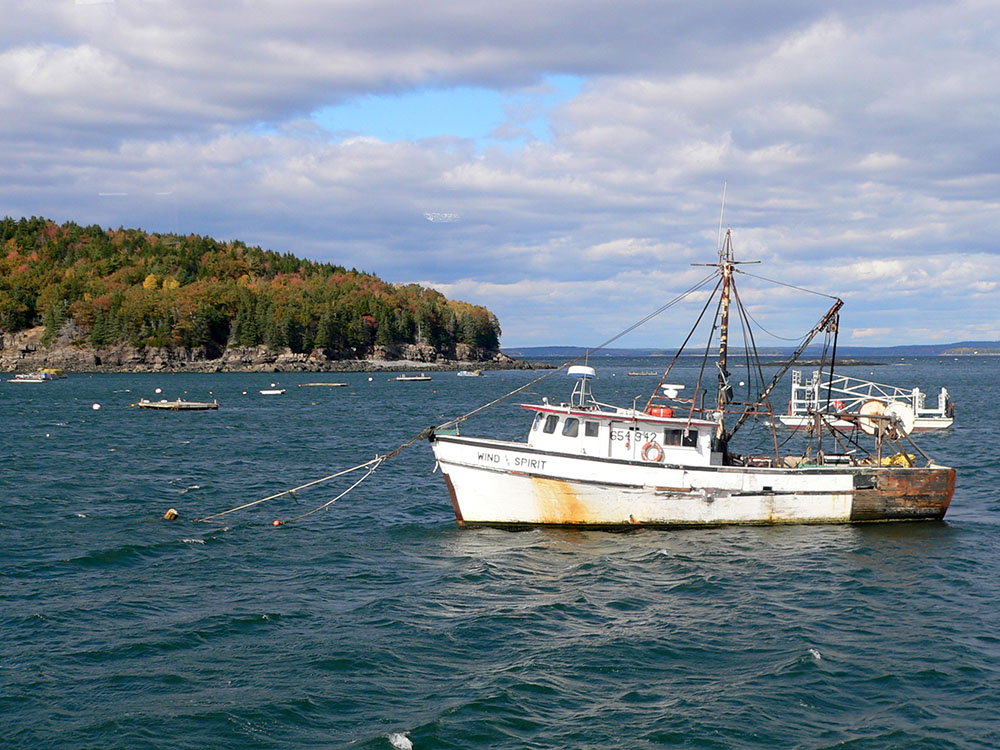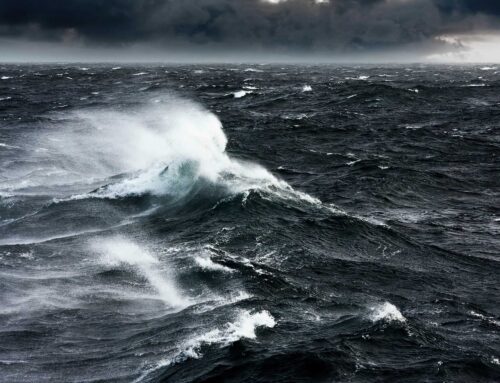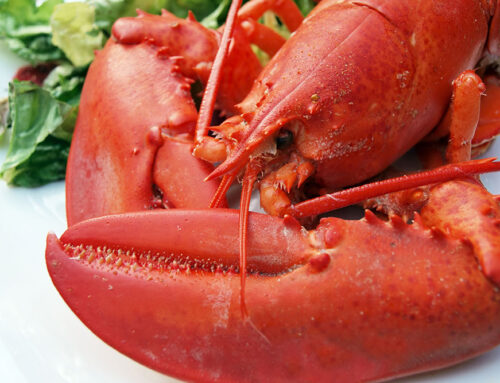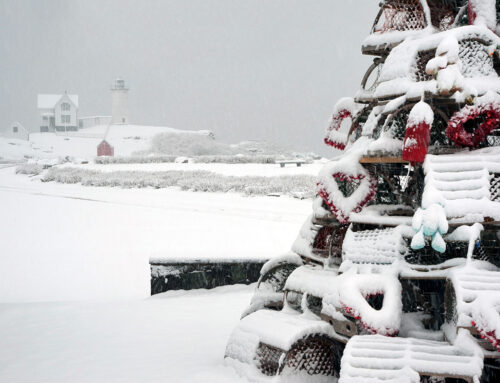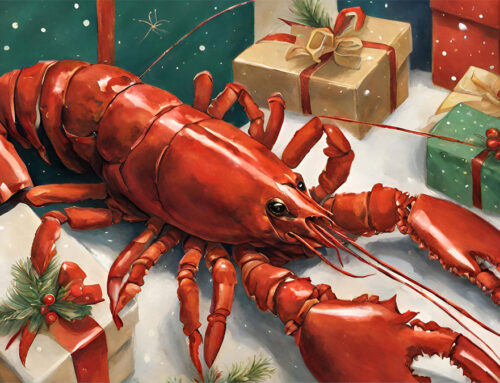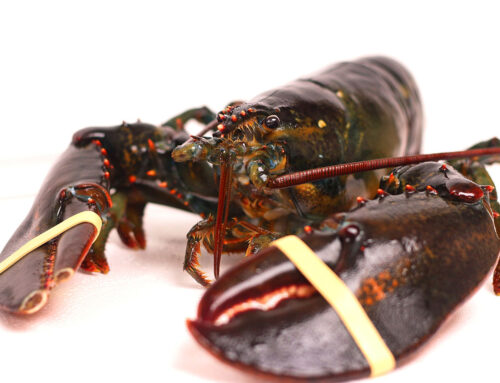Lobsters caught in Maine make up 85% of all lobsters caught in the United States, according to Atlas’s chart of the National Marine Fisheries Service’s data. That can amount to millions of pounds per year – and millions of dollars. So how does Maine make sure they’re not overfishing and destroying the future of the industry?
There are plenty of ways that Maine fisheries ensure safe, sustainable fishing practices in lobster fishing. From the Department of Maine Resources, here are some of the ways that Maine fisheries have an eye to the future.
First, when you’re fishing for lobsters in Maine, the only device you can use is a trap. No dragging, no diving, nothing except traps built to the necessary specifications. These specifications include slats for small lobsters, and a biodegradable hatch so the lobsters can escape safely if the trap is lost. Also, there are limits to the number of traps that can be set – statewide and within individual areas.
Additionally, Maine fisheries have instituted size limits. Naturally, juveniles are protected, but that’s not all. Lobsters, unlike humans, grow more fertile as they age, and older lobsters are bigger lobsters. Any lobsters with body shell lengths of less than three and a quarter inches or more than five inches have to go back in the water.
To further protect the population, females caught with eggs are given a v-notch on their tails. This notch doesn’t harm them, but it lets other fishers know that the specimen in question is a fertile breeder. The female then cannot be legally caught. Any female lobster who could have its v-notch obscured, like one with a damaged tail, is counted as v-notched and thrown back. Also, the Maine Lobster Seed Fund buys and returns to the ocean any lobsters that lay eggs after they land. This means that fertile females are given the highest protection to ensure the population stays high.
In Maine, if you want get into the business, you have to be taken on as an apprentice to an experienced lobster fisher. Plus, there are only so many licenses – you can’t get your own until someone else retires and frees one up. This means that new fishers are initiated into an existing sustainable tradition, and the number of fishers is limited. Finally, licenses are limited to one per person and per boat. Big corporations can’t get in and overfish, and revenue stays in the coastal villages that really need it. The fishing population stays small, and the lobster population stays high.
As you can see, despite the fact that tons are caught every year, this industry is not going anywhere any time soon. Lobsters will continue to be caught, enjoyed, and celebrated in Maine and elsewhere for a long time.

